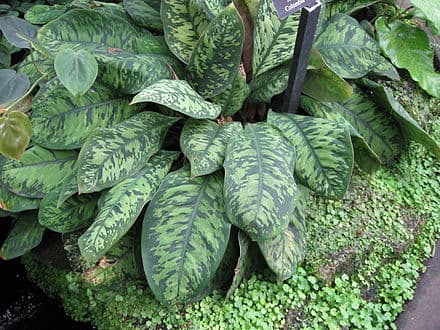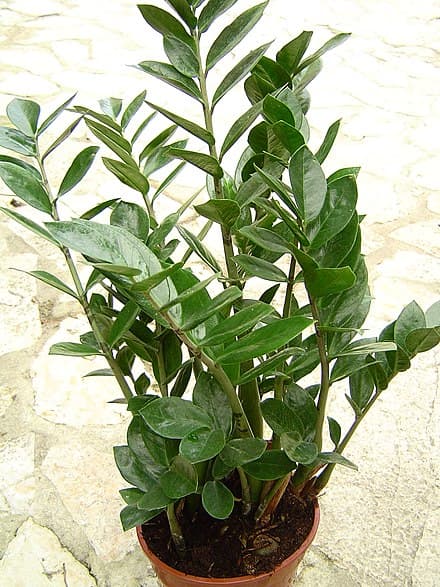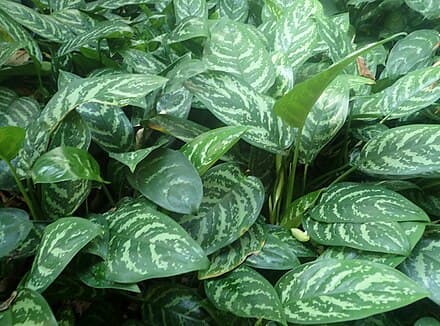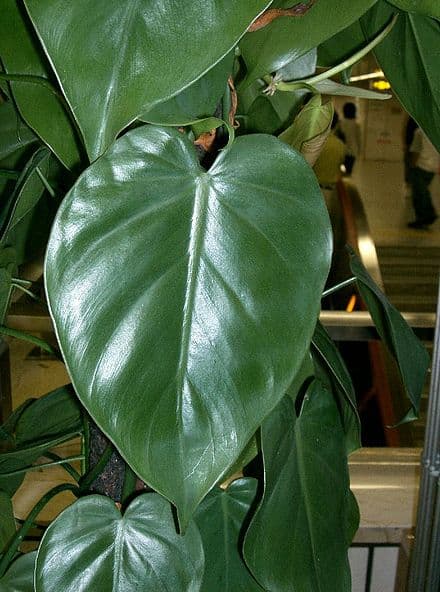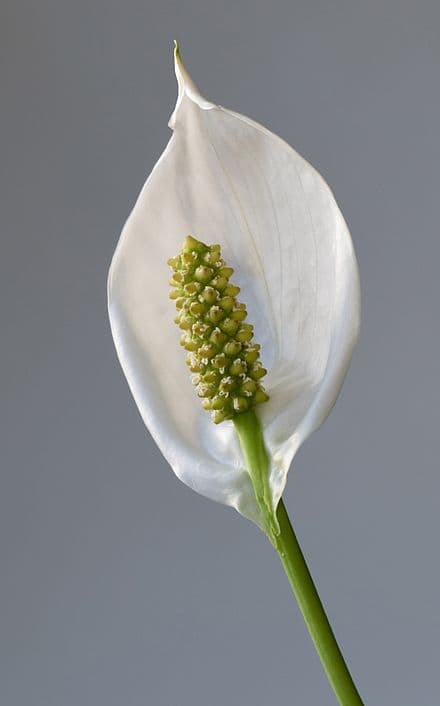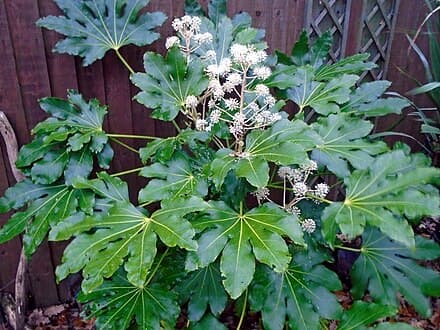
Fatsia japonica image • Photo: Author Orengi Harvey• CC BY-SA 4.0
Fatsia japonica is an evergreen shrub with stout, sparsely branched stems that grows 1–5 m tall. It features large, leathery, palmately lobed leaves with 7–9 broad lobes edged with blunt teeth, each leaf spanning 20–40 cm wide on petioles up to 50 cm long. In late autumn or early winter, it produces small white flowers in dense terminal compound umbels, followed by small black berries in spring. Its striking foliage and architectural form make it a popular ornamental plant, particularly valued for its shade tolerance and air-purifying qualities.
Plant Care Overview
Care Guide
Essential requirements for your Fatsia japonica
Light Requirements
Partial to full shade
Light conditions can affect leaf color and growth rate. Adjust placement as needed based on your plant's response.
Watering Schedule
Humidity Needs
humidity
Always check soil moisture before watering. Adjust frequency based on your home's conditions.
Temperature Range
Native Climate
Native to Southern Japan and southern Korea
Keep away from drafts, heaters, and air conditioners which can stress your plant.
Soil Type
Well-draining potting mix
Fertilizer
Balanced houseplant fertilizer during growing season
Consider repotting every 1-2 years to refresh soil nutrients and accommodate growth.
Propagation
Methods to grow more Fatsia japonica plants
Suckers, seeds, or stem cuttings
Plant Info
Characteristics and background information
Southern Japan and southern Korea
1–5 m (3–16 ft) tall
Perennial
Pet safety unknown
This plant has air purifying properties.
Indoor Blooming
This plant can produce flowers indoors when given proper care.
Bloom Season
Late autumn to early winter
Flower Description
Small, white flowers arranged in dense terminal compound umbels, followed by spherical black berries in spring
Fun Fact
Fatsia japonica was hybridized with English ivy (Hedera helix) to create the intergeneric hybrid × Fatshedera lizei, combining traits from both parent species.
Troubleshooting
Solutions for typical issues with your Fatsia japonica
Skin irritation, redness, or itching after contact with sticky, resinous sap
Uncontrolled growth via suckers and self-seeding in favorable climates
Varieties
Different varieties of Fatsia japonica
Award-winning cultivar with variegated foliage
Rare variegated cultivar with unique foliage patterns
Community Tips
Advice shared by other plant enthusiasts
No tips shared yet. Be the first to share your experience!
(Coming soon)
Care Guides
Detailed guides for caring for your Fatsia japonica
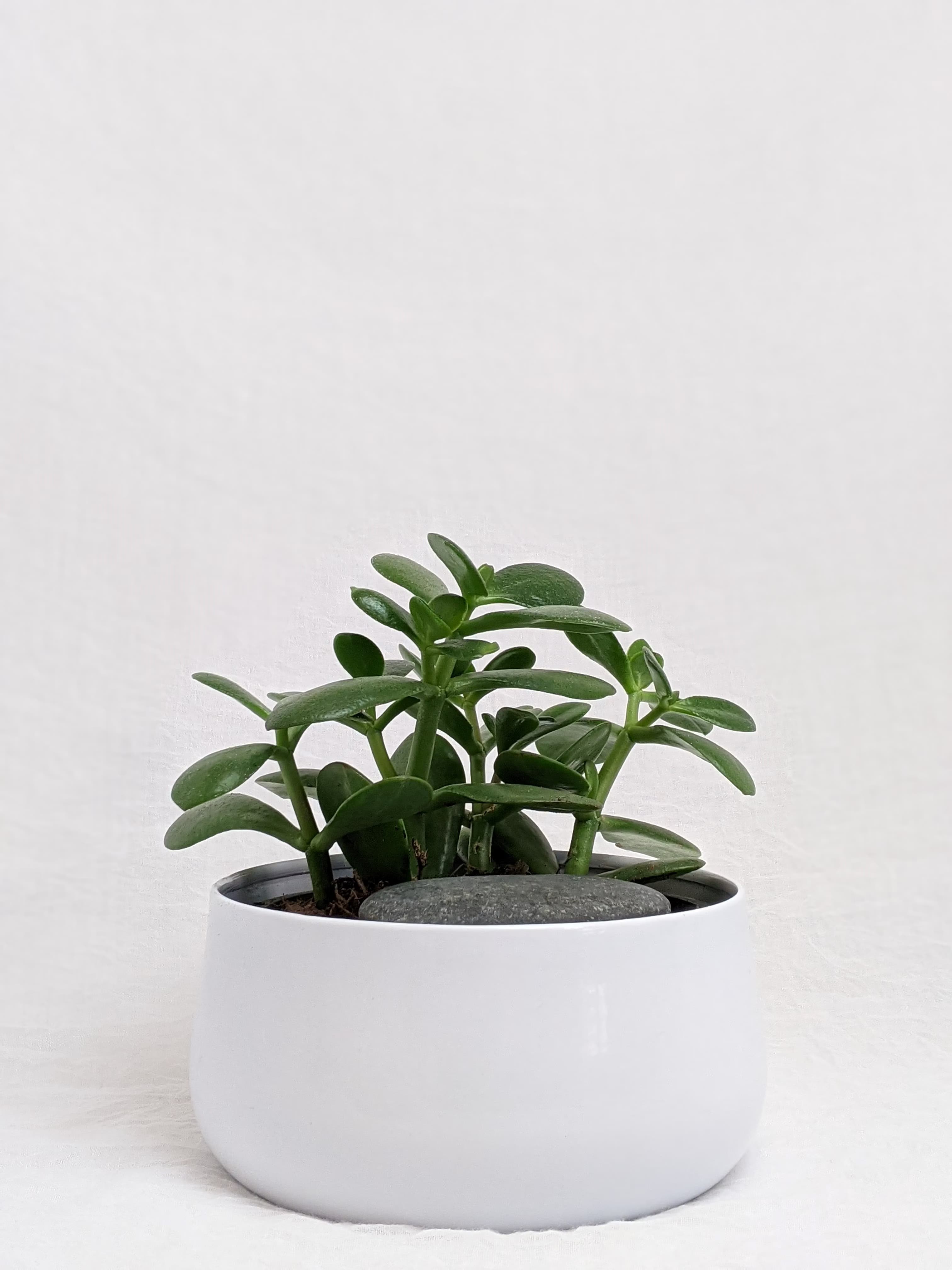
Low Maintenance Plants Care Guide
Learn how to care for low maintenance plants like your Fatsia japonica
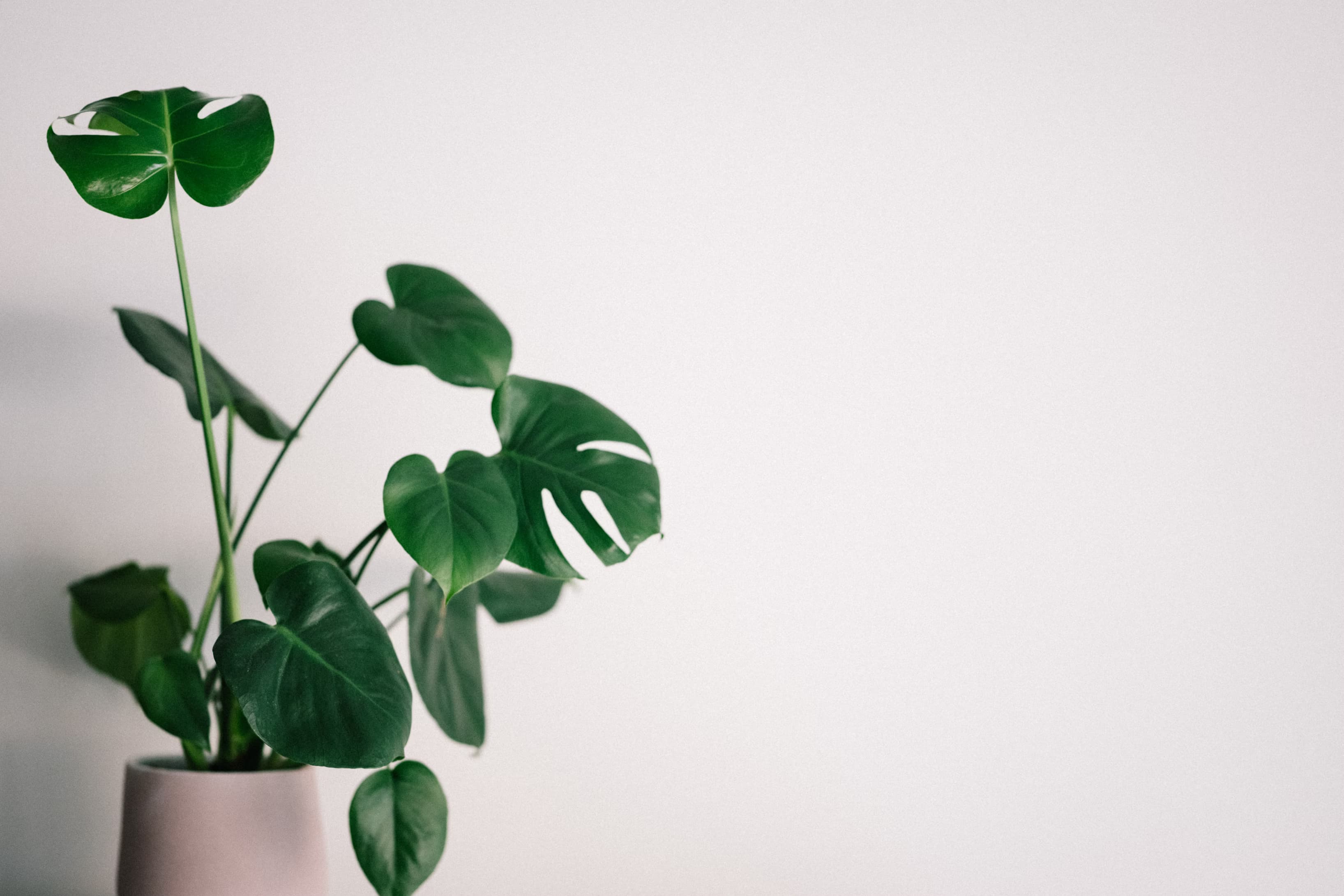
Foliage Plants Plants Care Guide
Learn how to care for foliage plants plants like your Fatsia japonica
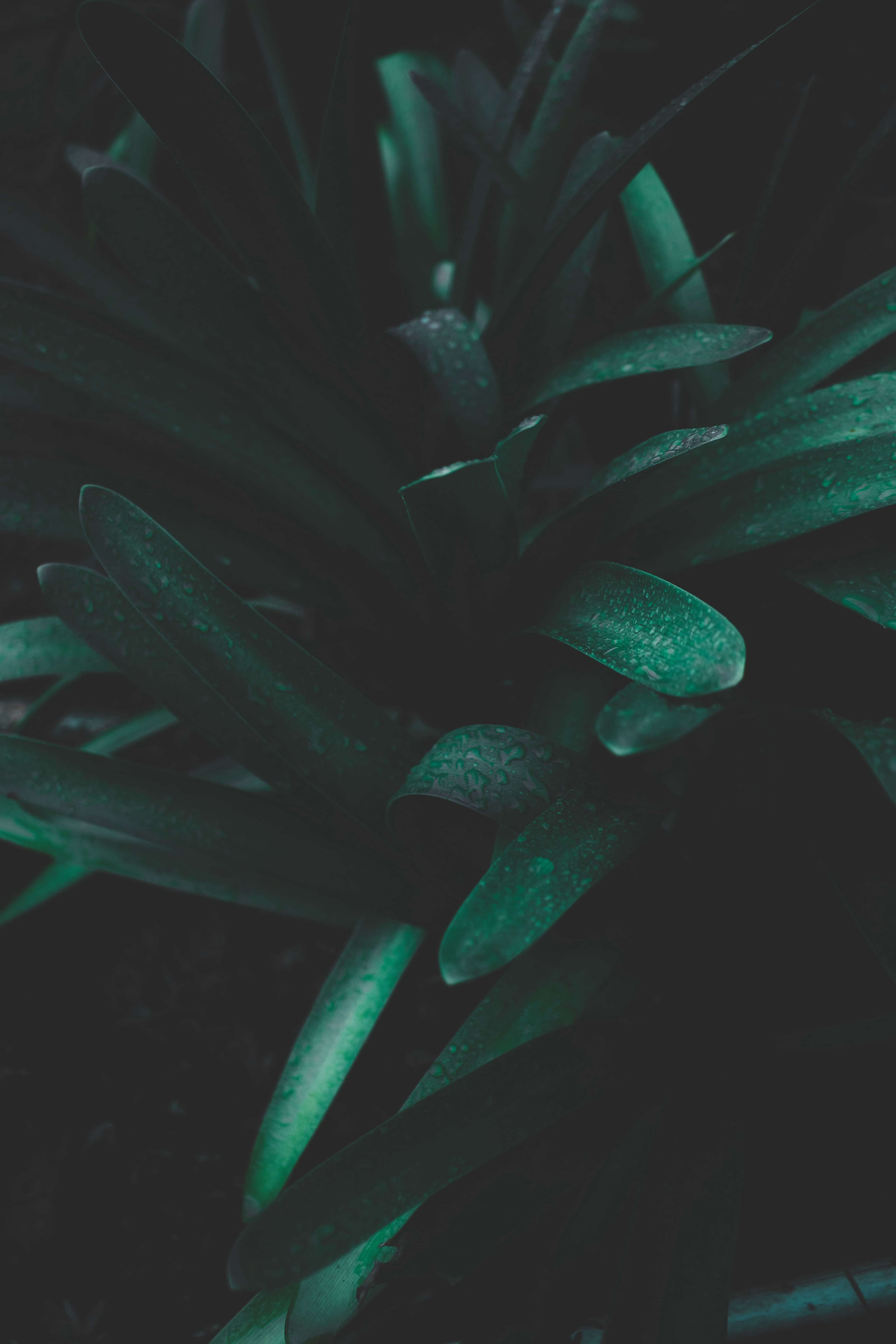
Air Purifying Plants Care Guide
Learn how to care for air purifying plants like your Fatsia japonica
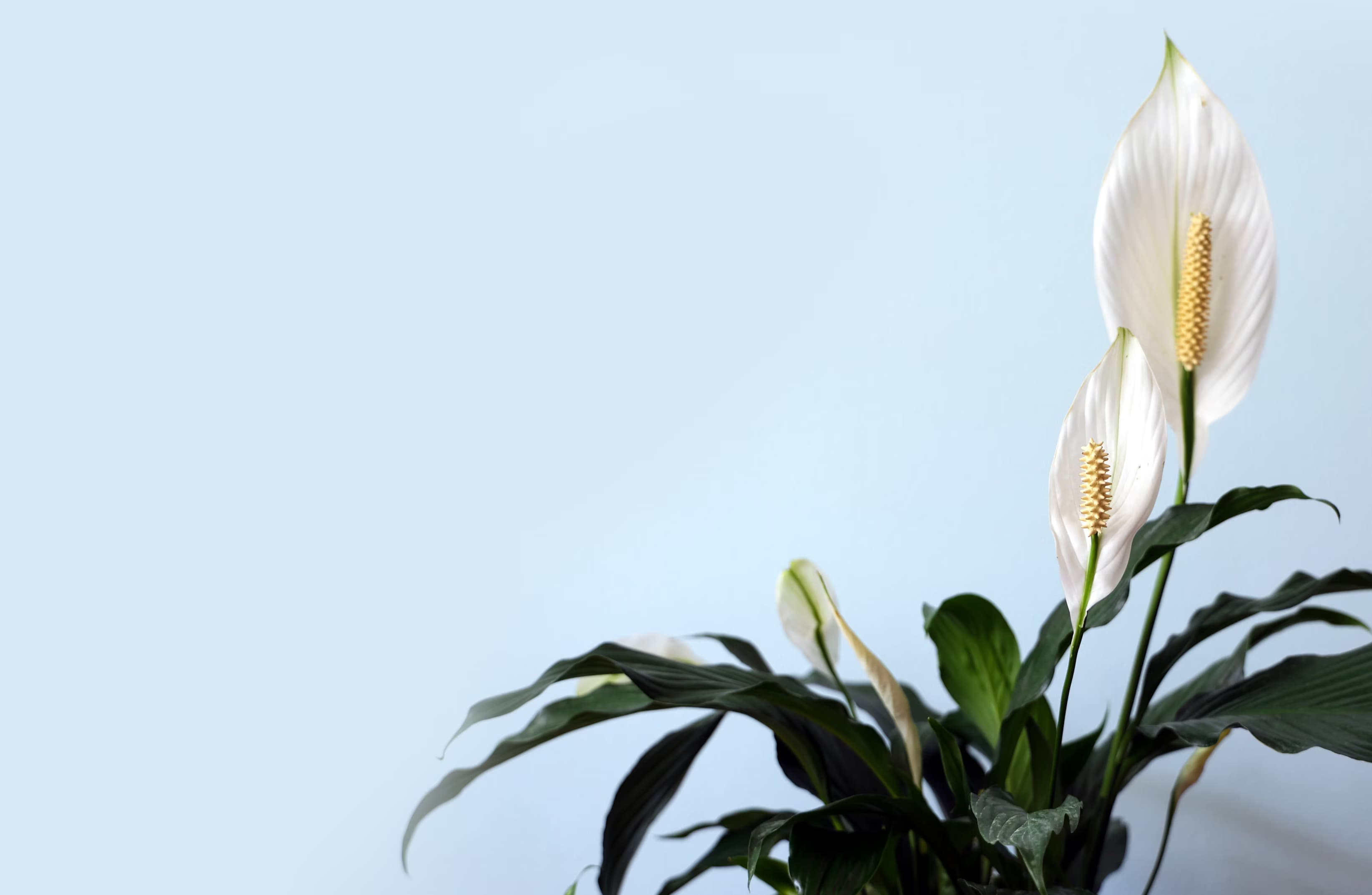
Flowering Plants Plants Care Guide
Learn how to care for flowering plants plants like your Fatsia japonica
Related Plants
Similar plants that might interest you
Nurseries Near You
Find Local Nurseries That Carry Fatsia japonica
We're building a database of local nurseries to help you find where to buy this plant near you. You'll be able to see store hours, contact information, and even check inventory.
